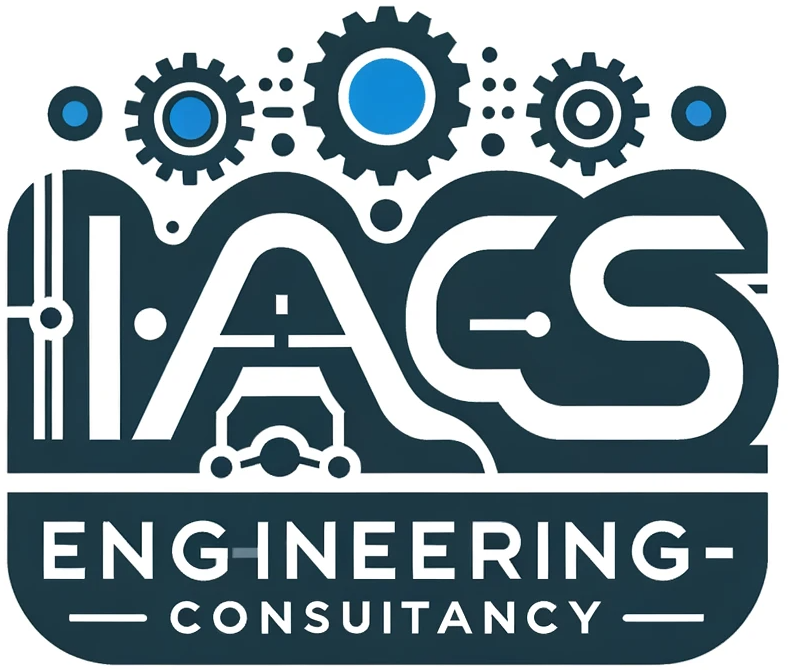In summary, standards provide guidance and best practices, while codes and regulations establish legal requirements and enforce compliance to ensure public safety, health, and welfare.
We list below distinction among Standards, Codes and Regulations along with some examples:
Standards:
- Voluntary: Standards are generally created by non-governmental organizations (NGOs) or industry groups and are not legally mandated.
- Best Practices: They outline best practices, recommended methods, or technical specifications for a product, process, or service.
- Industry-Specific: Standards can be broad or industry-specific, depending on the organization that creates them.
- Example: The International Society of Automation (ISA) publishes standards for industrial automation, like ISA-95 for enterprise-control system integration.
Codes:
- Mandatory (often): Codes are a set of rules or specifications that are often enforced by law or a regulatory body.
- Specific Requirements: They detail minimum requirements for safety, performance, or quality
- Often Based on Standards: Codes may be based on existing standards, but can include additional mandatory rules.
- Example: The National Electrical Code (NEC) is a widely adopted code enforced by OSHA that specifies electrical wiring and equipment installation standards.
Regulations:
- Legally Binding: Regulations are laws or formal rules established by a government agency to protect public health, safety, or the environment.
- Enforcement: Violating regulations can result in fines, penalties, or even project shutdown.
- Broad Scope: Regulations can be broad or cover specific industries or activities.
- Example: The Occupational Safety and Health Administration (OSHA) sets safety standards for workplaces, including electrical equipment used in IACS projects. These standards have the force of law.
